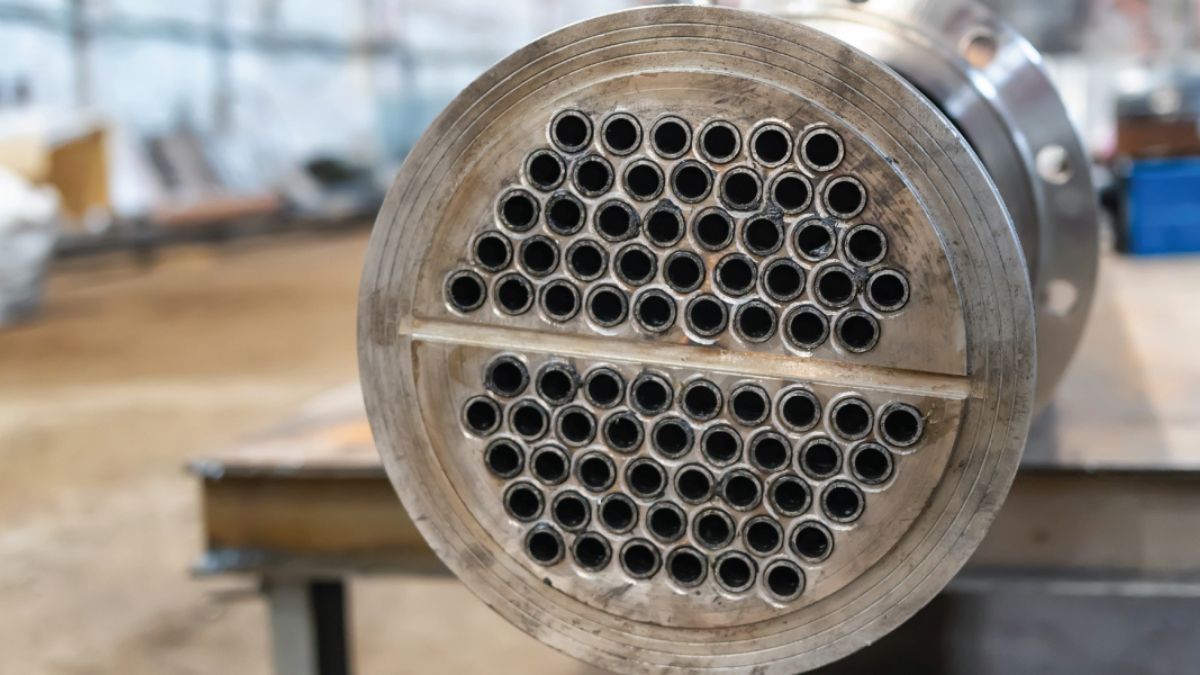When it comes to the world of machinery and equipment maintenance, few processes are as crucial yet often misunderstood as retubing. Whether you’re a seasoned professional or a curious newcomer, understanding the retube process can save you time, money, and frustration down the line. Imagine restoring your equipment’s efficiency while extending its lifespan—all with one straightforward procedure! This guide will take you through everything from what retubing is to how it’s done effectively. Buckle up; we’re diving into the intricacies of retube like never before!
What is the Retube Process?
The retube process involves replacing the tubes in heat exchangers and boilers. Over time, these tubes can become corroded or clogged, leading to decreased efficiency and potential failures. Retubing helps restore optimal functionality.
During this process, old tubes are removed carefully to avoid damaging surrounding components. New tubes are then installed with precision to ensure a tight fit and proper connection.
This method is not just about replacement; it also includes inspecting the entire unit for any other signs of wear or damage. The goal is to enhance performance while extending equipment life.
Retubing can be a cost-effective alternative to full equipment replacement, making it an attractive option for many industries reliant on thermal systems. Understanding this essential maintenance task opens doors to better operational management and reliability in machinery performance.
Benefits of the Retube Process
The retube process offers numerous benefits that can enhance both efficiency and performance. Replacing worn-out tubes in heat exchangers or boilers extends their service life, ensuring optimal operation.
This process significantly improves energy efficiency. By using new tubes, systems operate at peak capacity, reducing fuel consumption and lowering operational costs.
Moreover, retubing minimizes downtime associated with extensive repairs or replacements. The procedure is usually quicker than a complete overhaul, allowing facilities to maintain productivity.
Another advantage lies in environmental impact. Enhanced efficiency leads to lower emissions, contributing positively to sustainability efforts.
The retube process often provides better reliability. With fresh components installed, there’s less risk of unexpected failures during critical operations. This stability supports overall business continuity and safety measures within industrial environments.
Step-by-Step Guide to the Retube Process
The retube process begins with careful preparation. Start by gathering all necessary tools and materials, including replacement tubes, sealing compounds, and safety gear.
Next, shut down your equipment completely. This crucial step ensures both safety and efficiency during the entire procedure.
Remove the old tubes gently to avoid damaging surrounding components. Take note of their arrangement; this will help in installing the new ones correctly.
Once removed, inspect the fittings for wear or corrosion. Clean any debris before proceeding further.
Now it’s time to install the new tubes. Position them carefully in accordance with your earlier notes about placement.
Seal each connection securely using a recommended adhesive or sealant. This step is vital to prevent leaks later on.
Test everything thoroughly before resuming normal operation. Ensure all connections are tight and functioning as intended for optimal performance moving forward.
Understanding the Different Types of Tubes Used in the Process
When diving into the retube process, understanding the types of tubes involved is essential. Each tube serves a specific purpose and is designed for different applications.
Carbon steel tubes are commonly used in power plants. They can handle high pressure and temperature, making them ideal for steam generation systems.
Stainless steel tubes offer excellent corrosion resistance. This makes them perfect for chemical processing facilities where harsh substances are present.
Copper tubes also play a role, particularly in HVAC systems. Their superior thermal conductivity allows efficient heat exchange.
Specialty alloys might be utilized in extreme environments or specialized applications to enhance performance and longevity. Knowing these variations helps you choose the right materials for successful retubing projects.
Important Safety Precautions to Follow During the Retube Process
Safety should always be a priority during the retube process. Proper personal protective equipment (PPE) is essential. Wear gloves, goggles, and a mask to shield yourself from any harmful substances.
Ensure that your workspace is well-ventilated. This reduces the risk of inhaling toxic fumes or dust generated during the procedure. It’s also wise to clear the area of any unnecessary tools or materials that might pose tripping hazards.
Before starting, double-check all equipment for functionality and safety compliance. Any damaged tools can lead to accidents.
Always follow manufacturer guidelines closely when handling tubes and related components. Missteps in this phase can result in significant dangers.
Never work alone if possible. Having a buddy nearby can provide immediate help in case something goes wrong or an emergency arises.
Common Mistakes to Avoid During the Retube Process
One of the most common mistakes during the retube process is neglecting proper measurements. Accurate dimensions are crucial for a perfect fit, and overlooking this can lead to future leaks or failures.
Another frequent error is using incompatible materials. Always ensure that the tubes you choose match both function and material specifications required by your equipment.
Rushing through installation can be tempting, especially under time pressure. However, taking shortcuts often results in poor sealing or alignment issues that could jeopardize performance down the line.
Failing to conduct thorough inspections post-retubing is also a mistake many make. This step is essential to identify any potential problems early on before they escalate into costly repairs.
Ignoring safety protocols puts everyone at risk. Always prioritize protective gear and follow guidelines meticulously throughout the entire process to avoid accidents or injuries.
Frequently Asked Questions about the Retube Process
Many people have questions surrounding the retube process. One common inquiry is about how long it takes to complete. Typically, the duration can vary based on several factors, including the type of equipment involved and the extent of damage.
Another frequent question concerns costs. While prices differ widely depending on materials and labor rates, investing in a quality retube often saves money compared to full replacements.
Safety is always a concern too. Individuals want reassurance that following proper procedures reduces risks during this complex task.
Some wonder if specialized skills are needed for successful execution. Although prior experience helps, many facilities offer training programs to equip workers with essential techniques for an efficient retube process.
These queries reflect just a fraction of what individuals seek to understand about this critical maintenance procedure.





